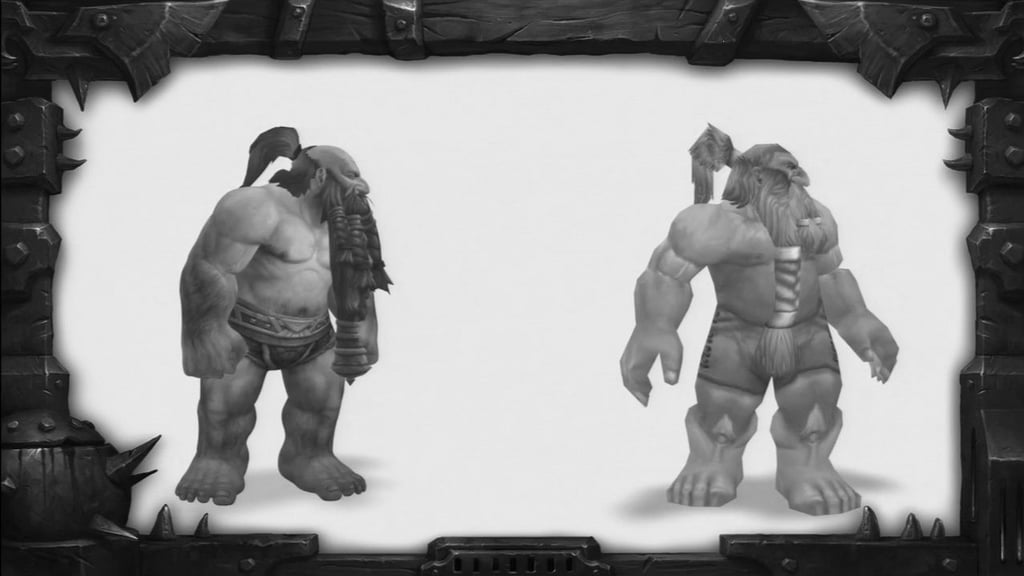As a player myself, in both older and newer versions of the game World of Warcraft, I realise there’s a fair bit of nostalgia involved. With this article, I want to explain what designers can learn from this.
The massively multiplayer online role-playing game (MMORPG) World of Warcraft is turning 15 years old this year. Throughout its lifespan, the game’s design has gone through numerous huge design revisions in addition to seven so-called expansion packs that add a huge amount of content to the game. So with the launch of World of Warcraft Classic, a version of the game as it was 15 years ago, which is such a huge success that people are queueing for hours to get in and play, I find myself wondering: Shouldn’t that many years of improvement and content make the current version better? How could a 15 year old product still be so relevant today?
It’s about the user journey, not the user destination
Don’t forget the user journey! Sometimes the fastest way is not the best user experience. I see so many clients worrying about click rates, pushing for having links all over the place—not everything has to be above the fold. Not only can this confuse the user to find what it is he or she is looking for, but they may also just give up completely. The paradox of choice is real. Which brings me to the next point …
Do less, do it better.
Design for needs, not features. Don’t forget to always look back at your personas. You can’t catch them all, so don’t try to. Having a focused user experience benefits everyone: More satisfied customers leads to more conversions and means less support needed for confused users.
Change isn’t necessarily better
Don’t fix something that isn’t broken. It might seem nice to make that redesign happen finally. But if there isn’t an obvious problem, is it really needed? Always ask “why?” five times when considering a change of any kind. That being said… don’t forget the value of challening.
The value of challenging the user and respecting their intellect
Should that redesign be needed, don’t be afraid of trying new things. Although there are some very standardised ways of designing, it all came out of people testing and trying new things. Chances are your users are quite used to numerous interfaces, treat them as such.
Be nice
Yes, you can make it harder for the user to leave your site. However, as I discussed in my article “Openness, trust and inbound” I think it will hurt you in the long run. Make it easy for the user to opt-out and gain trust instead of trying to trap them with things they might not need.
In conclusion
The classic version of the game is a niche for a specific kind of audience who knows it very well. If you know your audience, make sure you focus on their needs!
Subscribe to The Onlinification Blog below to get new articles delivered right to your inbox.






